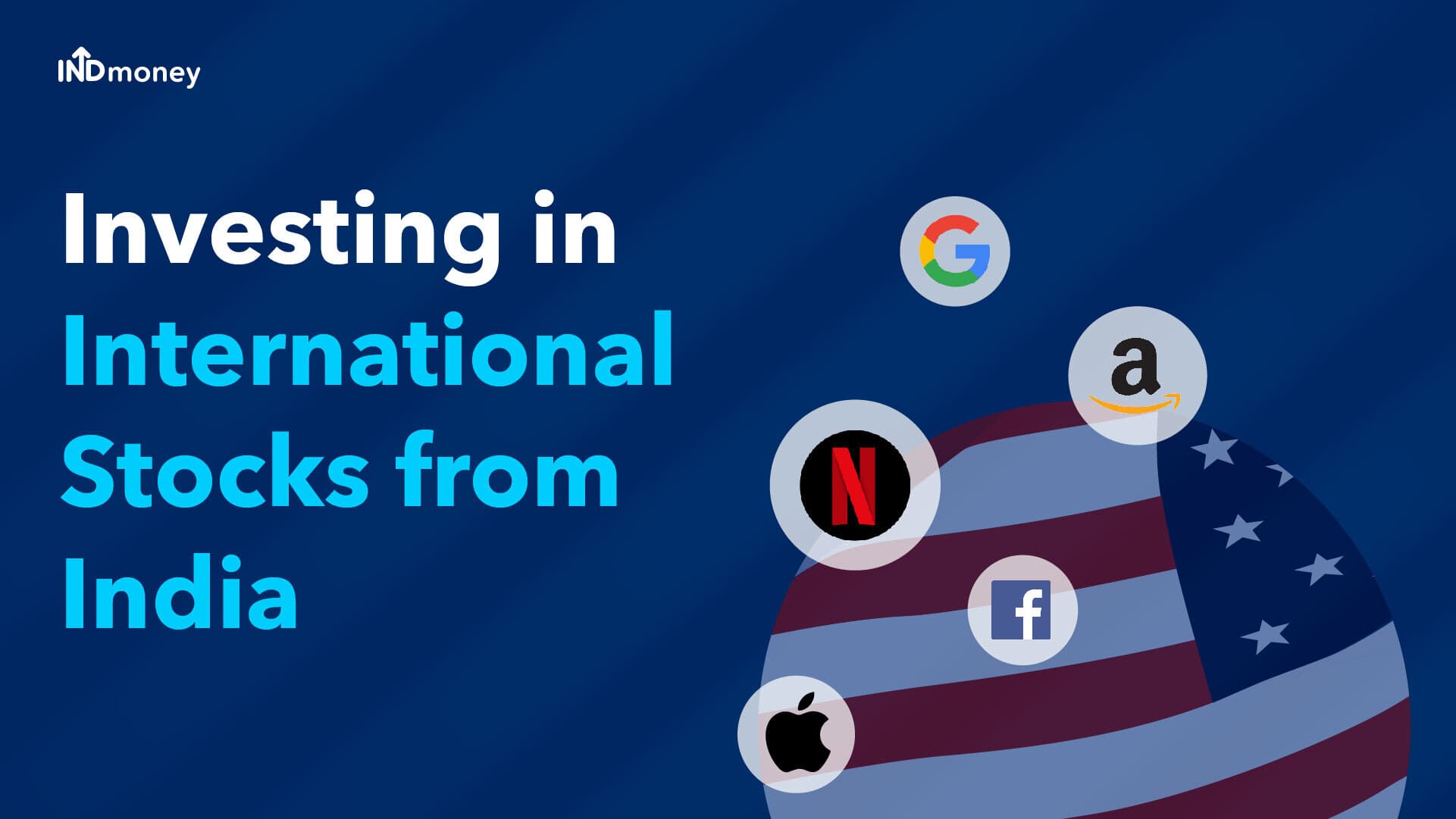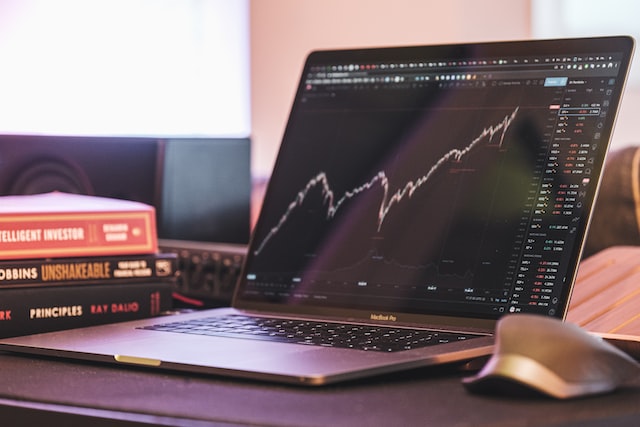
A market maker in the world of equity trading is a service that provides quotes on the sell and buy prices for a tradable asset. Their goal is maximize their profit by using the bid/ask spread and turning. We will be discussing the various types of market makers. There are many things you could do to begin your journey as market maker. This article will focus on the primary and competitive market makers as well as the other MMs.
Primary Market Maker
Before an announcement is made, the primary marketmaker must register in a security. The NASD has special criteria that must be met by a primary market maker. These include time at inside bid and asking, the ratio market maker's spread to average dealer's spread, 50 percent market maker quotation update without trade execution, and the amount of time market makers have been able to access the inside bid and asked. If a market maker fails to meet these criteria, the Exchange may suspend the registration. This process can take up to several years.
A Primary Market Maker is generally appointed to a specific options class on the Exchange. Each Primary Market Maker must provide specific performance commitments, including minimum average quotation size and maximum quotation spread. Listed options are more liquid and are traded more frequently. Based on these commitments, the exchange will assign a Primary market maker. These rules contain a number other requirements. In order to fulfill the rules, the primary market maker must be reasonable.

Competitive Market Maker
The term "competitive marketplace maker" refers a market maker who precommits not to provide liquidity at a level that is higher than what the market will choose to provide. This concept is important in the context NEEQ market. It has two main effects on price efficiency. It lowers transaction cost and promotes efficient trading via a reduction in spread width. This informational price is the social cost associated with completing trades. A competitive market maker can therefore reduce this informational cost while enhancing welfare.
An efficient market maker can beat a competitor's quotation price within a given range. Historically, a market maker would buy a stock from a retail customer at the inside bid and sell it at the same price as another market maker. This was how the retail broker met their obligation to deliver the best execution. The inside Nasdaq price represents the average retail transaction price. The term "competitive marketplace maker" has many benefits.
Secondary Market Maker
To trade on the exchange, a stock or option must be quoted by a market maker. The Market Maker is required to honor orders and to update quotations in response to market changes. The Market Maker must accurately price options contracts and establish a minimum difference of $5 between the offer price and bid price. The Exchange could place additional restrictions on Market Makers activities. Its obligations include keeping a list and marketing support.
Market makers have two main purposes. They keep the market running smoothly and ensure liquidity. Investors cannot unwind positions without market makers. Market Makers also purchase securities from bondholders. They ensure that company shares are always available for sale. Market makers, in essence, act as wholesalers on the financial markets. Here's a listing of market makers active in each sector.

Other MMs
Market makers are crucial to maintaining a functioning market. They trade stocks and bonds to ensure that prices rise and supply and need balance out. But how can you be sure if your broker is also a market maker? Here are some things to look for when choosing a market maker:
Some Market Makers fail to meet their electronic quoting obligations. Certain Market Makers are not subject to quoting obligations in all markets. These are the SPX. If you do not meet these requirements, your account can be suspended by the Exchange. This is especially true for market-makers operating on the floor. Some Market Makers may not have to provide continuous electronic quote because they lack the infrastructure or size. That could affect the liquidity of your account.
FAQ
What is the difference?
Brokers are people who specialize in helping individuals and businesses buy and sell stocks and other forms of securities. They handle all paperwork.
Financial advisors are experts on personal finances. They help clients plan for retirement and prepare for emergency situations to reach their financial goals.
Financial advisors may be employed by banks, insurance companies, or other institutions. They may also work as independent professionals for a fee.
If you want to start a career in the financial services industry, you should consider taking classes in finance, accounting, and marketing. Additionally, you will need to be familiar with the different types and investment options available.
What is the role and function of the Securities and Exchange Commission
SEC regulates securities brokers, investment companies and securities exchanges. It also enforces federal securities law.
What are the benefits to owning stocks
Stocks have a higher volatility than bonds. When a company goes bankrupt, the value of its shares will fall dramatically.
If a company grows, the share price will go up.
To raise capital, companies often issue new shares. This allows investors to purchase additional shares in the company.
Companies use debt finance to borrow money. This allows them to borrow money cheaply, which allows them more growth.
If a company makes a great product, people will buy it. Stock prices rise with increased demand.
The stock price will continue to rise as long that the company continues to make products that people like.
What is security in a stock?
Security refers to an investment instrument whose price is dependent on another company. It may be issued by a corporation (e.g., shares), government (e.g., bonds), or other entity (e.g., preferred stocks). The issuer can promise to pay dividends or repay creditors any debts owed, and to return capital to investors in the event that the underlying assets lose value.
What's the difference between marketable and non-marketable securities?
The principal differences are that nonmarketable securities have lower liquidity, lower trading volume, and higher transaction cost. Marketable securities can be traded on exchanges. They have more liquidity and trade volume. You also get better price discovery since they trade all the time. This rule is not perfect. There are however many exceptions. For example, some mutual funds are only open to institutional investors and therefore do not trade on public markets.
Marketable securities are less risky than those that are not marketable. They generally have lower yields, and require greater initial capital deposits. Marketable securities tend to be safer and easier than non-marketable securities.
A large corporation may have a better chance of repaying a bond than one issued to a small company. The reason is that the former is likely to have a strong balance sheet while the latter may not.
Marketable securities are preferred by investment companies because they offer higher portfolio returns.
Statistics
- Our focus on Main Street investors reflects the fact that American households own $38 trillion worth of equities, more than 59 percent of the U.S. equity market either directly or indirectly through mutual funds, retirement accounts, and other investments. (sec.gov)
- For instance, an individual or entity that owns 100,000 shares of a company with one million outstanding shares would have a 10% ownership stake. (investopedia.com)
- The S&P 500 has grown about 10.5% per year since its establishment in the 1920s. (investopedia.com)
- Even if you find talent for trading stocks, allocating more than 10% of your portfolio to an individual stock can expose your savings to too much volatility. (nerdwallet.com)
External Links
How To
How to Open a Trading Account
Opening a brokerage account is the first step. There are many brokerage firms out there that offer different services. Some have fees, others do not. Etrade is the most well-known brokerage.
After you have opened an account, choose the type of account that you wish to open. These are the options you should choose:
-
Individual Retirement Accounts (IRAs)
-
Roth Individual Retirement Accounts
-
401(k)s
-
403(b)s
-
SIMPLE IRAs
-
SEP IRAs
-
SIMPLE 401(k).
Each option has its own benefits. IRA accounts have tax advantages but require more paperwork than other options. Roth IRAs permit investors to deduct contributions out of their taxable income. However these funds cannot be used for withdrawals. SEP IRAs are similar to SIMPLE IRAs, except they can also be funded with employer matching dollars. SIMPLE IRAs are very simple and easy to set up. They allow employees to contribute pre-tax dollars and receive matching contributions from employers.
Next, decide how much money to invest. This is the initial deposit. Most brokers will offer you a range deposit options based on your return expectations. Based on your desired return, you could receive between $5,000 and $10,000. This range includes a conservative approach and a risky one.
After you've decided which type of account you want you will need to choose how much money to invest. Each broker has minimum amounts that you must invest. These minimum amounts can vary from broker to broker, so make sure you check with each one.
After choosing the type account that suits your needs and the amount you are willing to invest, you can choose a broker. Before you choose a broker, consider the following:
-
Fees - Make sure that the fee structure is transparent and reasonable. Many brokers will try to hide fees by offering free trades or rebates. Some brokers will increase their fees once you have made your first trade. Avoid any broker that tries to get you to pay extra fees.
-
Customer service - Find customer service representatives who have a good knowledge of their products and are able to quickly answer any questions.
-
Security - Choose a broker that provides security features such as multi-signature technology and two-factor authentication.
-
Mobile apps – Check to see if the broker provides mobile apps that enable you to access your portfolio wherever you are using your smartphone.
-
Social media presence - Find out if the broker has an active social media presence. If they don’t have one, it could be time to move.
-
Technology - Does it use cutting-edge technology Is the trading platform simple to use? Are there any issues with the system?
Once you've selected a broker, you must sign up for an account. Some brokers offer free trials. Others charge a small amount to get started. After signing up you will need confirmation of your email address. Next, you will be asked for personal information like your name, birth date, and social security number. Finally, you'll have to verify your identity by providing proof of identification.
Once verified, you'll start receiving emails form your brokerage firm. These emails contain important information about you account and it is important that you carefully read them. These emails will inform you about the assets that you can sell and which types of transactions you have available. You also learn the fees involved. Also, keep track of any special promotions that your broker sends out. You might be eligible for contests, referral bonuses, or even free trades.
The next step is to create an online bank account. An online account can usually be opened through a third party website such as TradeStation, Interactive Brokers, or any other similar site. Both sites are great for beginners. To open an account, you will typically need to give your full name and address. You may also need to include your phone number, email address, and telephone number. After all this information is submitted, an activation code will be sent to you. This code is used to log into your account and complete this process.
Now that you have an account, you can begin investing.